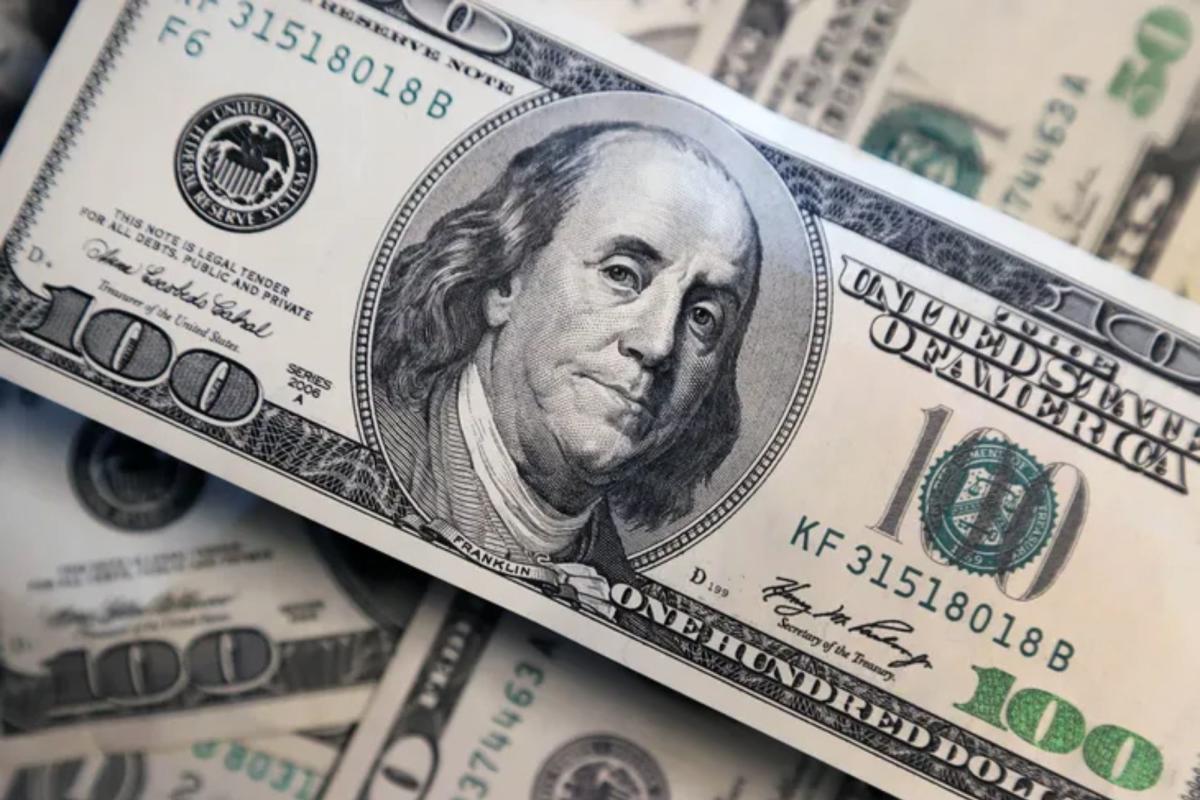Introduction To Dollar to PKR
Exchange rates play a significant role in global commerce, international investments, and travel. The Pakistani Rupee (PKR), like any other currency, fluctuates based on various economic factors. Two of the most critical currencies people track in relation to the PKR are the US Dollar (USD) and the British Pound (GBP). Both the dollar to PKR and pound to PKR rates influence a wide range of financial decisions in Pakistan, including imports, exports, and remittances.
In this article, we will explore the factors that affect these exchange rates, how these rates impact different sectors of the Pakistani economy, and how the trends in dollar to PKR and pound to PKR exchange rates have evolved in recent years.
Factors Influencing Dollar to PKR and Pound to PKR Exchange Rates
There are several key factors that impact the exchange rates between the Pakistani Rupee and major currencies like the US Dollar and British Pound.
1. Supply and Demand of Currencies
At the core of any currency exchange rate is the principle of supply and demand. If the demand for the US Dollar or British Pound rises relative to the Pakistani Rupee, their value will appreciate, meaning more PKR will be required to purchase these currencies. Conversely, if demand for the Pakistani Rupee increases, the PKR strengthens, and fewer rupees are needed to buy USD or GBP.
For instance, in Pakistan, demand for USD and GBP can surge due to increased import activity, foreign investment, or when citizens need to pay for international goods and services. In these cases, the dollar to PKR and pound to PKR rates may climb.
2. Economic Indicators
Key economic indicators such as inflation rates, interest rates, and Gross Domestic Product (GDP) growth also play significant roles in determining exchange rates.
- Inflation: A country with a consistently lower inflation rate will see its currency value increase compared to those with higher inflation rates. For example, if Pakistan’s inflation is higher than that of the US or the UK, the dollar to PKR and pound to PKR exchange rates will rise, as the rupee’s purchasing power diminishes.
- Interest Rates: Higher interest rates offer lenders a better return on investments in that country, which tends to attract foreign capital. As a result, the demand for that country’s currency increases, leading to an appreciation in the exchange rate.
- GDP Growth: A strong and growing economy attracts investment from foreign investors. When Pakistan’s GDP growth is robust, it strengthens the PKR, improving its exchange rate against currencies like the dollar and pound.
3. Political Stability and Performance
Political stability is crucial for maintaining investor confidence in a country’s currency. If a country has strong, stable governance, foreign investors are more likely to invest in that country’s assets, boosting the demand for its currency. In Pakistan, political instability or uncertainty can lead to capital outflows, causing the dollar to PKR and pound to PKR rates to rise as investors seek safer havens for their money.
4. Remittances and Foreign Reserves
Remittances are a vital source of foreign exchange for Pakistan. A significant portion of Pakistan’s foreign currency comes from Pakistanis working abroad, particularly in countries using the US Dollar or British Pound. When remittances increase, foreign currency inflows boost Pakistan’s reserves, helping stabilize or even appreciate the PKR. Conversely, if remittances decline, Pakistan’s foreign reserves can deplete, putting pressure on the dollar to PKR and pound to PKR rates.
5. International Trade and Balance of Payments
A country’s balance of payments, especially its trade balance, also affects its exchange rate. If Pakistan imports more than it exports, it leads to a higher demand for foreign currencies like the USD and GBP to pay for these imports. This, in turn, increases the dollar to PKR and pound to PKR rates. On the other hand, if Pakistan exports more, it earns foreign currencies, which can strengthen the PKR.
Historical Trends in Dollar to PKR and Pound to PKR
Over the years, the dollar to PKR and pound to PKR rates have witnessed significant fluctuations due to both global and local factors. Let’s take a brief look at the historical trends of these exchange rates.
1. Dollar to PKR
The dollar to PKR exchange rate has seen a steady upward trajectory for several decades. In the early 2000s, the exchange rate hovered around 60-65 PKR for one US Dollar. However, since then, the Pakistani Rupee has depreciated considerably due to inflation, trade imbalances, and political instability.
In 2020, the dollar to PKR rate crossed the 160 PKR mark for the first time. By 2022-2023, the PKR depreciated further, reaching as high as 280 PKR to one US Dollar at certain points. The COVID-19 pandemic, rising global oil prices, and political uncertainties further contributed to this depreciation.
2. Pound to PKR
The pound to PKR exchange rate has followed a similar trend of rupee depreciation, albeit at a different pace. Historically, the British Pound has always been stronger than the US Dollar in relation to the Pakistani Rupee, due to the UK’s relative economic stability and higher value of goods and services.
In the early 2000s, one British Pound was worth around 90-100 PKR. Over the years, this rate has surged, especially in the past decade, reaching over 300 PKR per British Pound by 2023. The depreciation in the PKR has been fueled by similar factors that affect the dollar to PKR rate, such as inflation, fiscal deficits, and political uncertainty.
The Impact of Dollar to PKR and Pound to PKR Rates on Pakistan’s Economy
1. Inflation and Cost of Living
A higher dollar to PKR or pound to PKR exchange rate means that imported goods become more expensive in Pakistan. This includes essential imports such as fuel, machinery, and food items. As a result, inflation rises, pushing up the cost of living for ordinary Pakistanis.
2. Trade and Industry
For exporters, a depreciated dollar to PKR can be beneficial, as Pakistani goods become cheaper for foreign buyers, potentially boosting exports. However, for industries that rely on imported raw materials, a higher dollar to PKR rate can significantly increase production costs, making local industries less competitive and hurting profitability.
3. Remittances
Pakistan receives billions of dollars in remittances each year, with a significant portion coming from countries like the US and UK. A higher dollar to PKR or pound to PKR rate means that families receiving remittances will get more PKR for every dollar or pound sent home. While this benefits recipients, it can lead to inflationary pressures in the economy as more money circulates domestically.
4. Foreign Debt
Pakistan holds a considerable amount of foreign debt, much of which is denominated in USD or GBP. As the dollar to PKR and pound to PKR rates rise, the cost of servicing this debt also increases. This puts further strain on Pakistan’s fiscal resources, often leading to more borrowing or cuts in public spending.
How to Track Dollar to PKR and Pound to PKR Rates
For businesses, investors, and individuals, staying up-to-date with exchange rate movements is essential for making informed decisions. Some of the most common ways to track the dollar to PKR and pound to PKR exchange rates include:
- Banks and Exchange Services: Banks and currency exchange services publish daily exchange rates.
- Financial News Websites: Websites like Bloomberg, Reuters, and local financial news platforms provide real-time updates on currency movements.
- Mobile Apps: Several apps allow users to track exchange rates and set alerts for specific currencies.
Conclusion
The exchange rates between the Pakistani Rupee and major currencies like the US Dollar and British Pound are critical economic indicators for Pakistan. The dollar to PKR and pound to PKR rates are influenced by a range of factors, including economic performance, political stability, and international trade dynamics. While a depreciating PKR can benefit exporters, it also brings challenges in the form of inflation, rising debt costs, and a higher cost of living.
Understanding these exchange rates, their historical trends, dollar to pkr and their impact on the economy is crucial for individuals and businesses operating in Pakistan, as well as for those sending remittances or dealing with foreign currency transactions.
By staying informed and analyzing the factors that influence exchange rates, you can make better financial decisions, whether you’re a business owner, investor, or someone planning to travel abroad.



